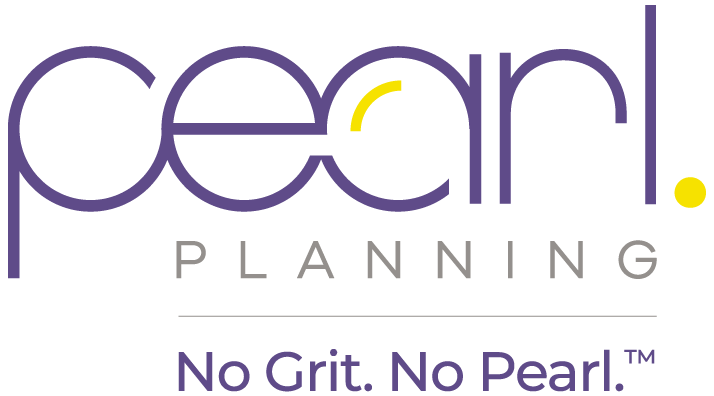The SECURE 2.0 Act, signed into law at the end of 2022, introduced more than 90 changes to retirement savings plans. While some updates took effect in 2023 and 2024, others won’t begin until 2025 or later. Understanding how these changes impact your retirement strategy is key to making the most of the new rules.
Below, we break down the most important updates: what they mean, when they take effect, and how they could impact your future.
Automatic Enrollment in Retirement Plans (Started 2025)
To encourage Americans to save more for retirement, new workplace retirement plans starting in 2025 will be required to automatically enroll eligible employees.
- Contributions will start at 3-10% of an employee’s pay and automatically increase by 1% each year, up to a maximum of 10-15%.
- Employees can opt out, but studies show auto-enrolment leads to significantly higher participation.
- Existing plans, small businesses (under 10 employees), government, and church plans are exempt.
The change is designed to nudge more workers into saving consistently for retirement, especially those who might not sign up on their own. Business owners may want to review their plans to make sure they conform to the requirements and to see if they can take advantage of any tax credits.
New “Saver’s Match” for Low- to Moderate-Income Workers (Starting 2027)
Replacing the current Saver’s Credit, the new Saver’s match offers a direct federal match of 50% on the first $2,000 contributed to an IRA or workplace retirement plan. That’s up to $1,000 per person.
Unlike the old non-refundable tax credit, this is a government contribution to your retirement account, making it more impactful for those who may not owe much (or any) income tax.
This aims to boost retirement savings for lower-income individuals and raise awareness of the benefit.
Student Loan Matching Contributions (Started 2024)
If student loan payments are preventing you from contributing to your 401(k), a new provision may help. Employers are now allowed to match employee student loan payments as if they were retirement plan contributions. This means you could still receive a 401(k) match, even if your own paycheck contributions are going toward student loans.
Employers must choose to offer this benefit, so check with your HR department to see if it’s available.
Required Minimum Distributions (RMDs) Age Increases
RMDs are required withdrawals from certain tax-deferred retirement accounts after hitting a certain age. The affected accounts include
- Traditional, SEP, and SIMPLE IRAs
- 401(k), 403(b), and 457(b) accounts
- Inherited IRAs
- Rollover IRAs
They DO NOT include Roth IRAs, Roth 401(k)s, or non-retirement accounts.
RMD requirements can be complicated, and it’s often best to consult with a tax professional or a financial planner if you aren’t sure whether you need to take RMDs.
These withdrawals start on April 1st, the year after you reach a certain age. They must occur each year by December 31st, and the amount required can be calculated here.
The SECURE 2.0 Act continues to raise the age when retirees must begin taking required minimum distributions from tax-deferred retirement accounts.
- Age 73 for individuals turning 73 between 2023 and 2032
- Age 75 starting in 2033
This gives retirees more time to let their investments grow tax-deferred and more flexibility in retirement planning.
529 Plan Rollovers to Roth IRAs (Started 2024)
In case you missed our recent blog post on this topic, the Act allows unused 529 education savings funds to be rolled over into a Roth IRA for the same beneficiary, tax and penalty-free, with several conditions:
- The 529 must be at least 15 years old
- Only contributions and earnings more than 5 years old are eligible
- The beneficiary must have earned income
- Rollovers count toward annual Roth contribution limits
- A lifetime rollover limit is $35,000
This gives families more confidence to invest in 529 plans without fear of wasting leftover funds.
Protections for Overpaid Retirement Benefits (Effective 2022)
In the past, retirees who were accidentally overpaid by their pension plans were sometimes required to repay large sums in later years, sometimes with interest.
Under the SECURE 2.0 Act, plan administrators are no longer required to recoup overpayments. If they do choose to pursue repayment, they must follow new limits and protections for retirees.
This provision protects retirees from being penalized for administrative mistakes they didn’t cause.
Retirement “Lost and Found” Database (Established Dec 2024)
Have you ever forgotten about an old 401(k) from a previous job? Has a previous job changed names or been acquired, and you don’t know who to contact for your savings? You’re not alone.
This Act directs the Department of Labor to create an online “Retirement Savings Lost and Found” database. This will help individuals track down old retirement accounts that may have been lost due to job changes, company mergers, or outdated contact information.
As of now, the database is up and running on the Department of Labor’s website.
Penalty-Free Withdrawals for Domestic Abuse Survivors (Started 2024)
Survivors of domestic abuse may now withdraw money from retirement accounts without the usual 10% early withdrawal penalty.
- They may take up to $10,000 or 50% of the account balance, whichever is less
- The withdrawal is still subject to income tax, but the account can be repaid within 3 years
- If repaid, you may receive a refund of the taxes paid
This provision provides much-needed flexibility for those escaping abusive situations.
What This Means for Your Retirement
The SECURE 2.0 Act introduces meaningful improvements that:
- Encourage retirement saving
- Provide greater access to matching contributions
- Offer more flexibility on how and when you use retirement funds
- Simplify and secure lost or outdated retirement accounts
Understanding how and when these changes apply can help you make smarter decisions about saving and planning for your future.
Whether you want to revisit your retirement strategy, understand which new benefits apply to you, or just want to talk through your options, we’re always just a phone call or email away.
Let’s make sure your retirement plan is ready for what’s next – schedule a call today.


